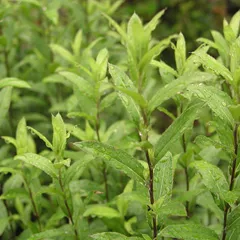Wind-Cold
The information provided here is not a replacement for a doctor. You shouldn't use it for the purpose of self-diagnosing or self-medicating but rather so you can have a more informed discussion with a professional TCM practitioner.
At a glance
Preliminary reading: What is a pattern? The concept of Wind The concept of Cold
Key attributes
Chinese name: 风寒 Pinyin name: Fēng Hán
Pattern nature: Full
Pattern hierarchy: General pattern
Common combinations: Wind-Cold-Damp invading with Qi Deficiency Wind-Cold invading with Yang Deficiency Wind-Cold invading with Blood and Yin Deficiency Early Stage Summerheat with Exterior Wind-Cold Wind Cold with Internal Heat
Causes
Common causes: External Wind and Cold
Diagnosis
Common symptoms: Fever Sneezing Coughing Runny nose Blocked nose and four other symptoms
Pulse type(s): Tight (Jin), Floating (Fu)
Tongue description: Red tongue with thin white coating
Treatment
Treatment principle: Clear Wind Cold, lower fevers and clear Heat or Dampness if there is any.
Common formulas: Jing Fang Bai Du San Cong Chi Tang Huo Ren Cong Shi Tang and six other formulas
Pathology
This pattern is similar to Wind-Heat, but the Wind is combined with Cold rather than Heat. The shared symptoms are aversion to cold, sneezing, coughing, runny nose (with different mucus color), fever, occipital stiffness and ache. The different symptoms are the white watery mucus, no thirst, no sweating and no obvious changes on the tongue color.
Both patterns make the patients feel chilly and dislike cold environment. It is because the Wind-Cold or Heat invasion disturbs the Defensive Qi circulation in the skin and muscles so that they can not be warmed properly. The Lungs are one of the first Organs to be affected by invasion of Wind-Cold.
For these patients in relatively good health, their Defensive Qi reacts strongly to the external Pernicious Influence Cold by closing the skin pores. Therefore there is no sweating and the pulse is Tight. According to the theory of Cold attack of the Greater Yang stage within the Six Stages, this is a Exterior-Full Pattern.
If it is rather the Wind that predominates instead of the Cold, it indicates the Wind attack pattern of the Greater Yang stage within the Six Stages. Then the pores are open and the patients sweat slightly. The pulse is rather Slow instead of Tight mentioned above. It is an Exterior-Empty pattern. Patients who are in relatively poor heath with weaker Defensive Qi are prone to be in this condition.
Wind-Cold can also invades and settles down in Channels, joints and muscles and cause Painful Obstruction Syndrome or so called Bi Syndrome.
Causes
External Wind and Cold : Prolonged exposure to windy and cold environment leads to this pattern. In additional to the nature factor mentioned, air condition can also create a windy and cold environment.
Diagnosing Wind-Cold
Diagnosing a pattern in Chinese Medicine is no easy feat and should be left to professional practitioners. In particular one has to know how to differentiate between different types of pulses and tongue coatings, shapes and colors as well as learn to read from a long list of seemingly unrelated symptoms.
Pulse type(s): Tight (Jin) or floating (Fu)
Tongue description: Red tongue with thin white coating
Main symptoms: Fever Sneezing Coughing Runny nose Blocked nose Aversion to cold White watery mucus Occipital headaches Occipital stiffness
Diagnosis commentary: Key characteristic symptoms of this pattern are the aversion to cold, sneezing and white watery mucus.
Treating Wind-Cold
Treatment principle
Clear Wind Cold, lower fevers and clear Heat or Dampness if there is any.
Herbal formulas used to treat Wind-Cold
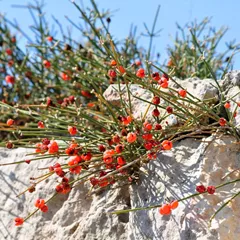
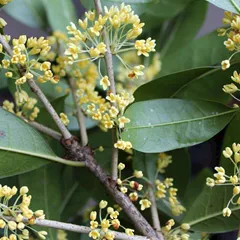
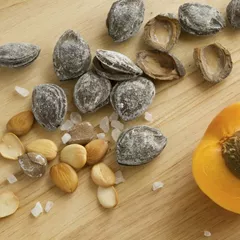
The top herbs in Ma Huang Tang are Ephedra (Ma Huang), Cinnamon Twigs (Gui Zhi) and Apricot Seeds (Xing Ren)
Ma Huang Tang
Source date: 220 AD
Number of ingredients: 4 herbs
Key actions: Releases exterior cold. Treats wheezing.
Formula summary
Ma Huang Tang is a 4-ingredient Chinese Medicine formula. Invented in 220 AD, it belongs to the category of formulas that clear Wind-Cold.
Besides Wind-Cold, Ma Huang Tang is also used to treat Wind-Cold invading the Lungs or Greater Yang Attack of Cold.
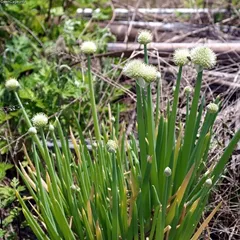
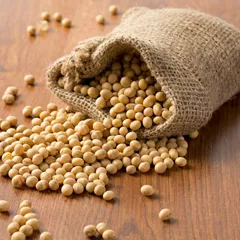

The top herbs in Cong Chi Tang are Scallions (Cong Bai) and Fermented Soybeans (Dan Dou Chi)
Cong Chi Tang
Source date: 3rd Centry
Number of ingredients: 2 herbs
Key actions: Unblocks the Yang Qi (Defensive Qi) in the Exterior . Induces sweating .
Formula summary
Cong Chi Tang is a 2-ingredient Chinese Medicine formula. Invented in 3rd Centry, it belongs to the category of formulas that clear early-stage Exterior disorders.
Besides Wind-Cold, Cong Chi Tang is also used to treat Wind-Heat.



The top herbs in Huo Ren Cong Shi Tang are Scallions (Cong Bai), Fermented Soybeans (Dan Dou Chi) and Ephedra (Ma Huang)
Huo Ren Cong Shi Tang
Source date: 1108 AD
Number of ingredients: 4 herbs
Key actions: Unblocks the Yang Qi (Defensive Qi) in the Exterior . Induces sweating .
Formula summary
Huo Ren Cong Shi Tang is a 4-ingredient Chinese Medicine formula. Invented in 1108 AD, it belongs to the category of formulas that clear early-stage Exterior disorders.
Besides Wind-Cold, Huo Ren Cong Shi Tang is also used to treat Wind-Heat.
Jiu Wei Qiang Huo Tang
Source date: 1308 AD
Number of ingredients: 9 herbs
Key actions: Induces sweating . Dispels Dampness. Expels Wind-Cold. Clears Interior Heat .
Formula summary
Jiu Wei Qiang Huo Tang is a 9-ingredient Chinese Medicine formula. Invented in 1308 AD, it belongs to the category of formulas that clear Wind-Cold.
Besides Wind-Cold, Jiu Wei Qiang Huo Tang is also used to treat Damp-Wind.
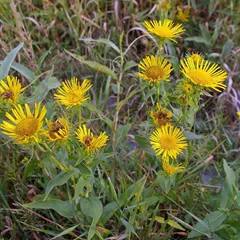

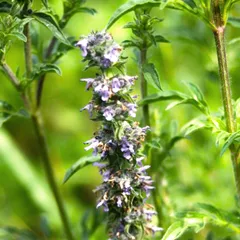
The top herbs in Jin Fei Cao San are Inula Flowers (Xuan Fu Hua), Ephedra (Ma Huang) and Japanese Catnip (Jing Jie)
Jin Fei Cao San
Source date: 1107 AD
Number of ingredients: 9 herbs
Key actions: Disperses Wind-Cold. Descends Lung Qi. Transform Phlegm . Stop cough and calms wheezing .
Formula summary
Jin Fei Cao San is a 9-ingredient Chinese Medicine formula. Invented in 1107 AD, it belongs to the category of formulas that clear Wind-Cold.
Besides Wind-Cold, Jin Fei Cao San is also used to treat Rebellious Lung Qi.

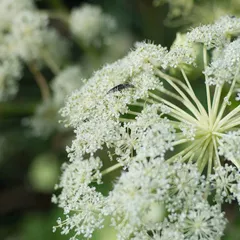

The top herbs in Wu Ji San are Ephedra (Ma Huang), Angelica Roots (Bai Zhi) and Poria-Cocos Mushrooms (Fu Ling)
Wu Ji San
Source date: 846 AD
Number of ingredients: 15 herbs
Key actions: Releases the Exterior. Warms the Interior. Smoothes the flow of Qi. Transforms Phlegm. Invigorates the Blood. Reduces Stagnation.
Formula summary
Wu Ji San is a 15-ingredient Chinese Medicine formula. Invented in 846 AD, it belongs to the category of formulas that Release the Exterior and Warm the Interior.
Besides Wind-Cold, Wu Ji San is also used to treat Interior Cold.

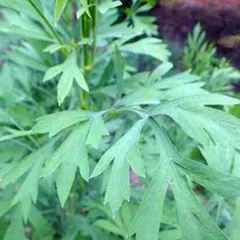
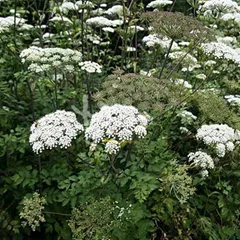
The top herbs in Jing Fang Bai Du San are Japanese Catnip (Jing Jie), Saposhnikovia Roots (Fang Feng) and Notopterygium Roots (Qiang Huo)
Jing Fang Bai Du San
Source date: 1550 AD
Number of ingredients: 13 herbs
Key actions: Releases the Exterior. Dispels Wind and Dampness. Augments Qi.
Formula summary
Jing Fang Bai Du San is a 13-ingredient Chinese Medicine formula. Invented in 1550 AD, it belongs to the category of external formulas for External disorders.
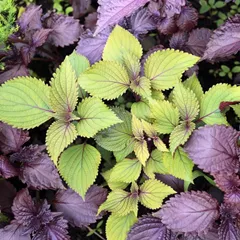


The top herbs in Jia Wei Xiang Su San are Perilla Leaves (Zi Su Ye), Japanese Catnip (Jing Jie) and Saposhnikovia Roots (Fang Feng)
Jia Wei Xiang Su San
Source date: 1732 AD
Number of ingredients: 10 herbs
Key actions: Promote sweating . Releases the Exterior .
Formula summary
Jia Wei Xiang Su San is a 10-ingredient Chinese Medicine formula. Invented in 1732 AD, it belongs to the category of formulas that clear Wind-Cold.

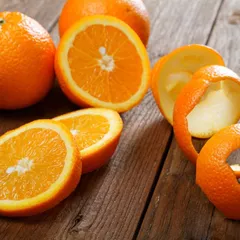
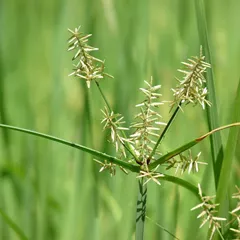
The top herbs in Shi Shen Tang are Perilla Leaves (Zi Su Ye), Tangerine Peel (Chen Pi) and Coco-Grass Rhizomes (Xiang Fu)
Shi Shen Tang
Source date: 1107 AD
Number of ingredients: 11 herbs
Key actions: Releases pathogens from the Exterior . Regulates Qi . Descends the Lung Qi . Relieves coughing .
Formula summary
Shi Shen Tang is a 11-ingredient Chinese Medicine formula. Invented in 1107 AD, it belongs to the category of formulas that clear Wind-Cold.
Consequence patterns
External Wind Cold can penetrate the Defense Qi and settle down in the Lungs.

